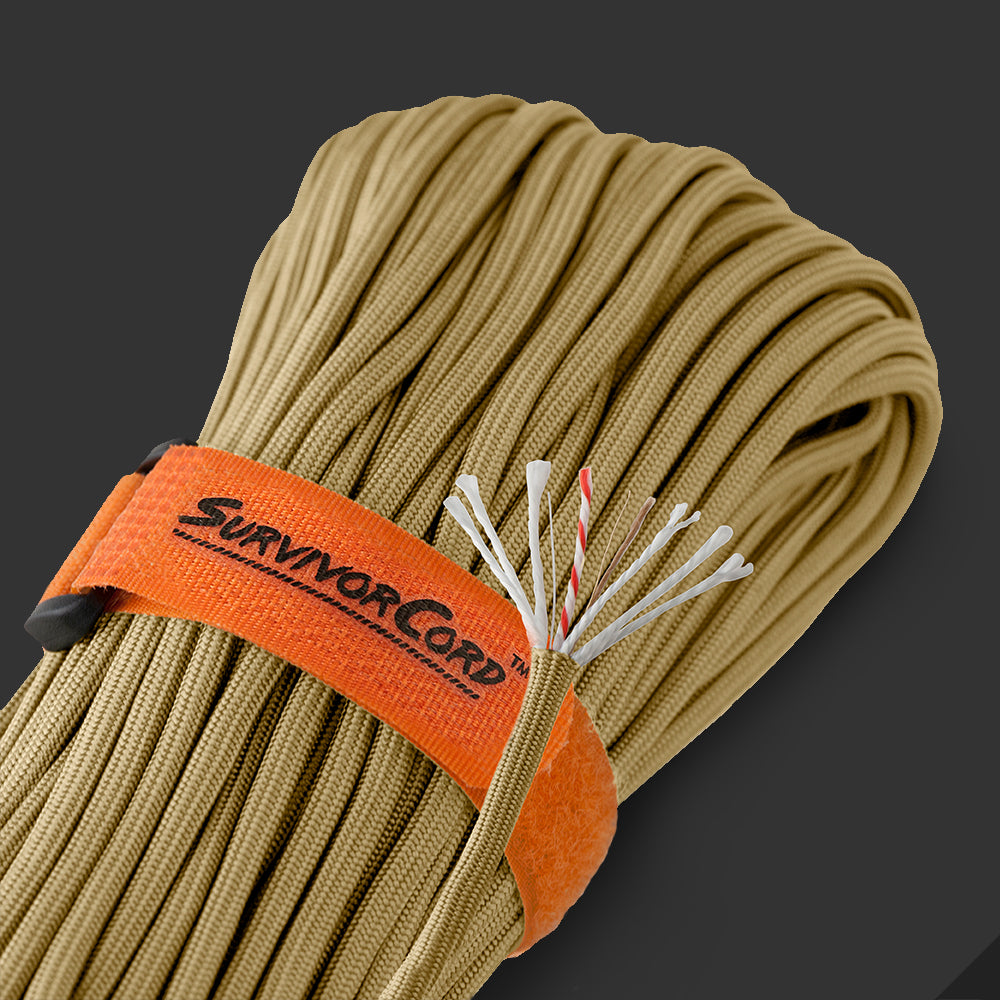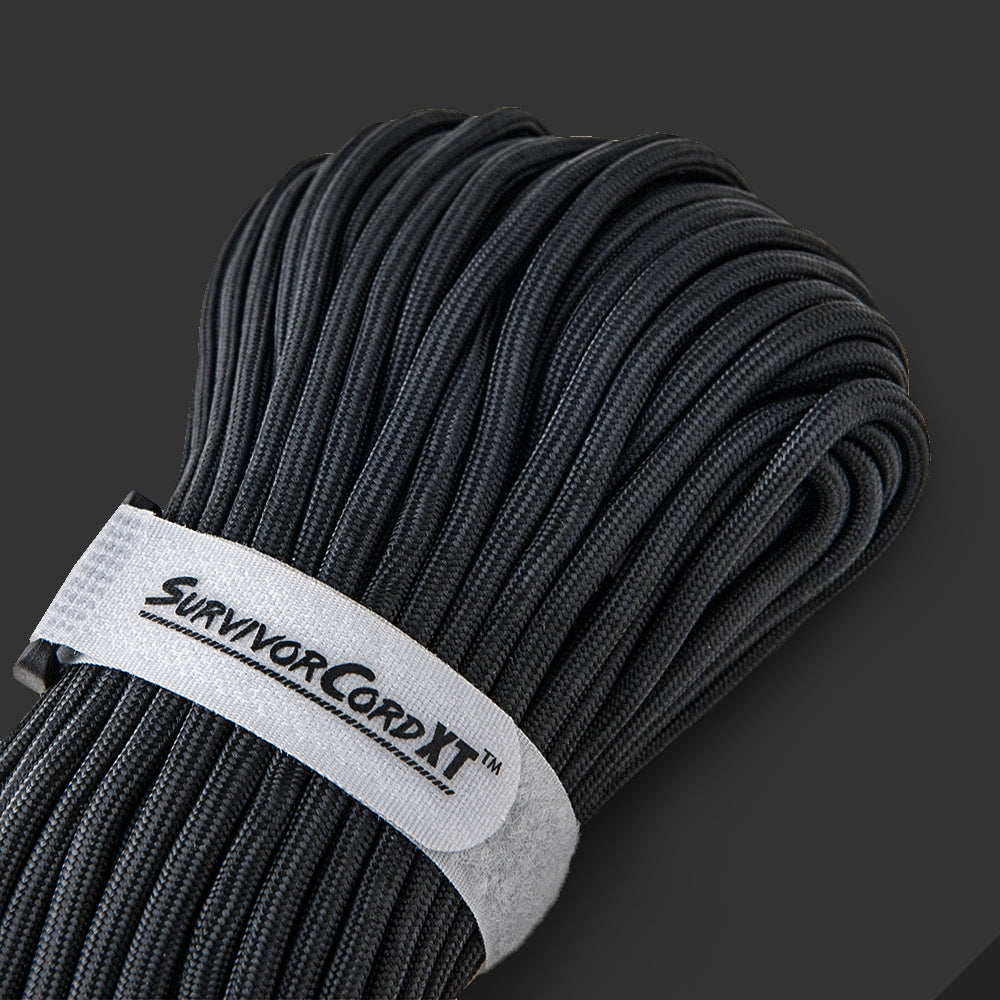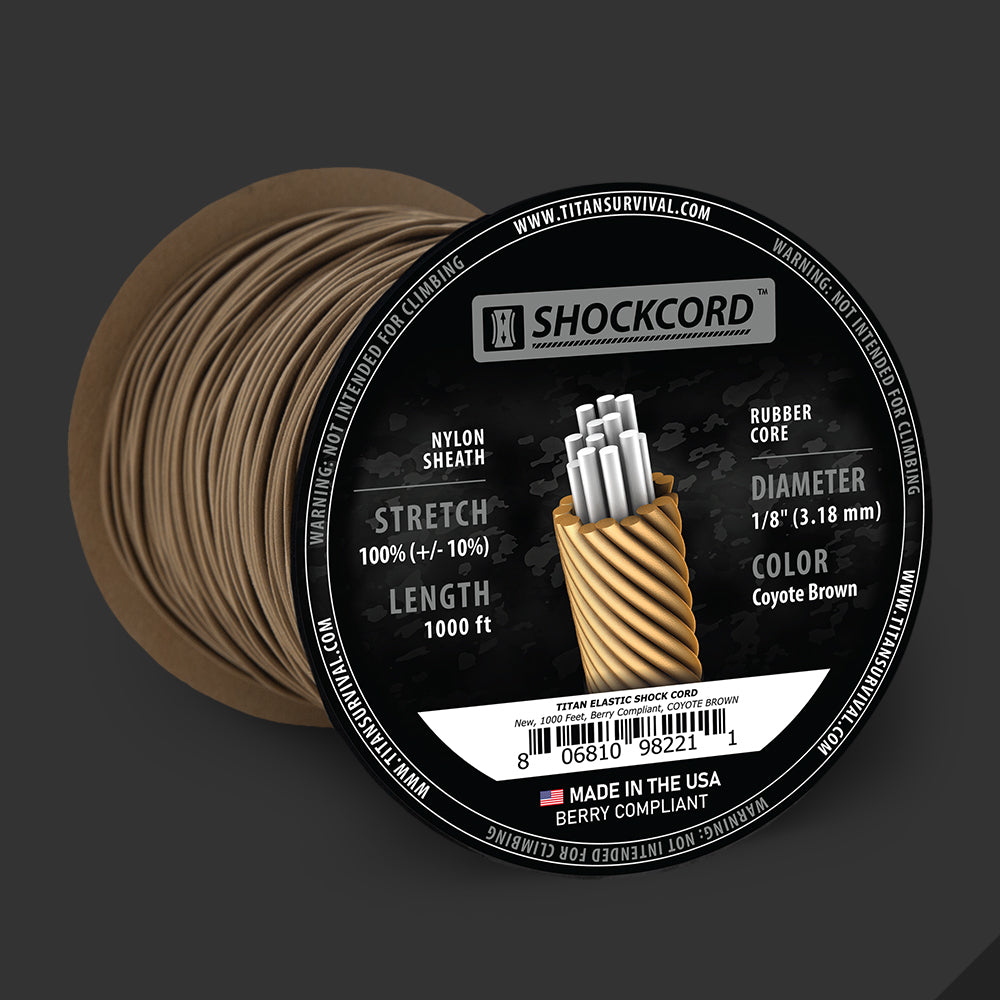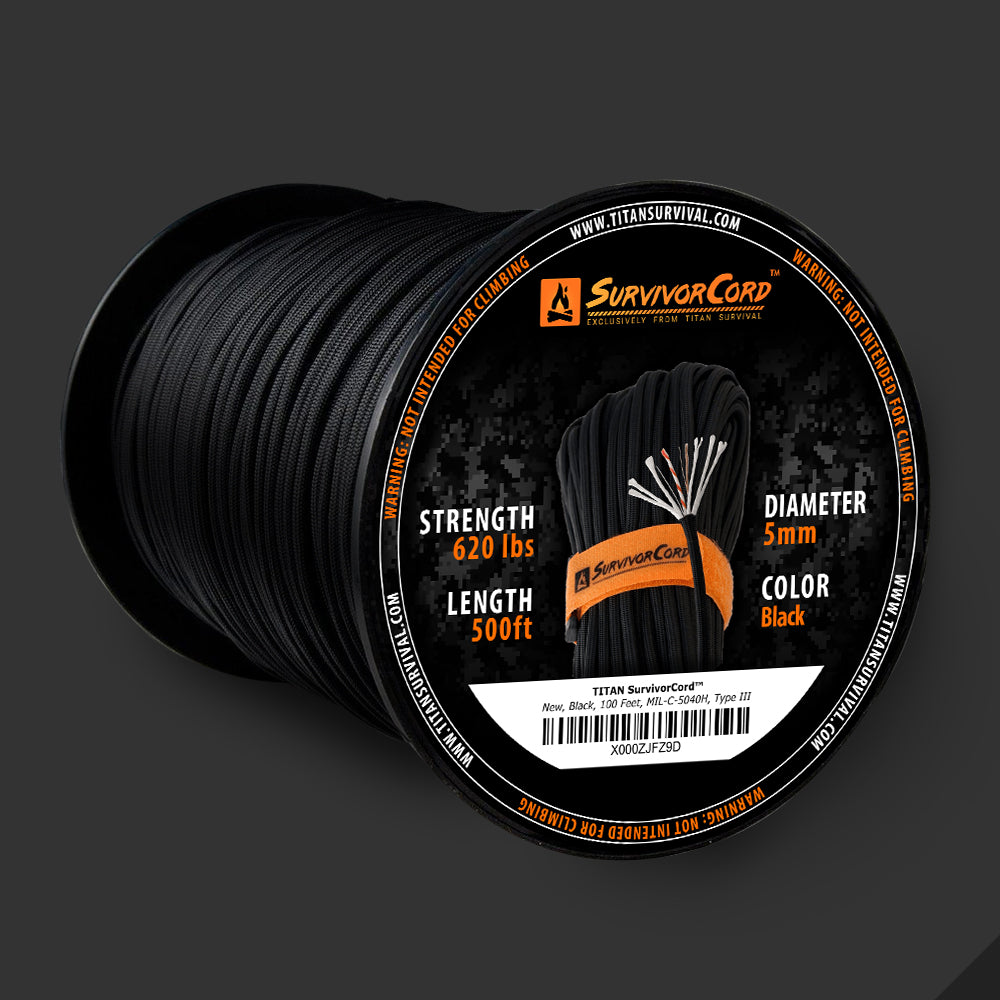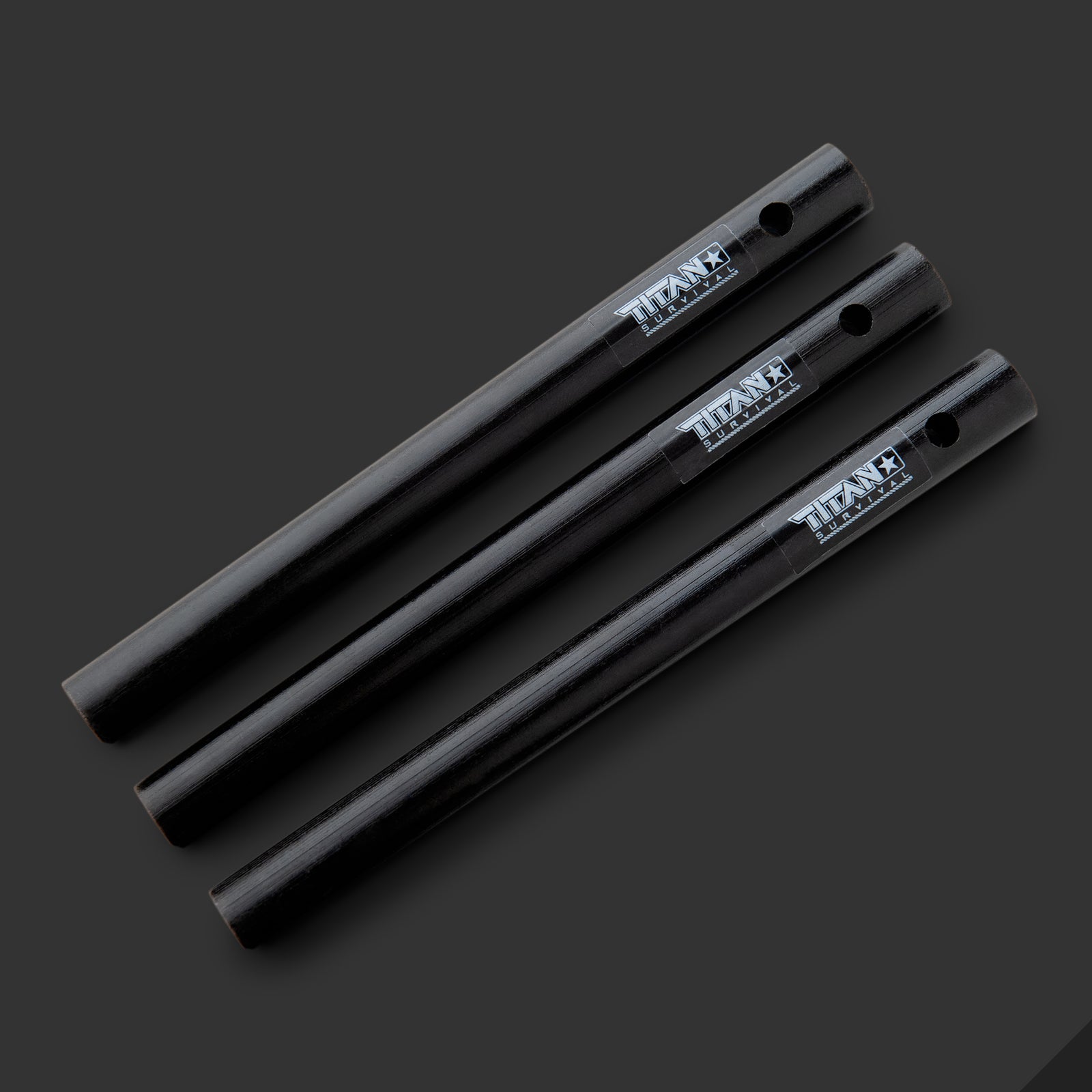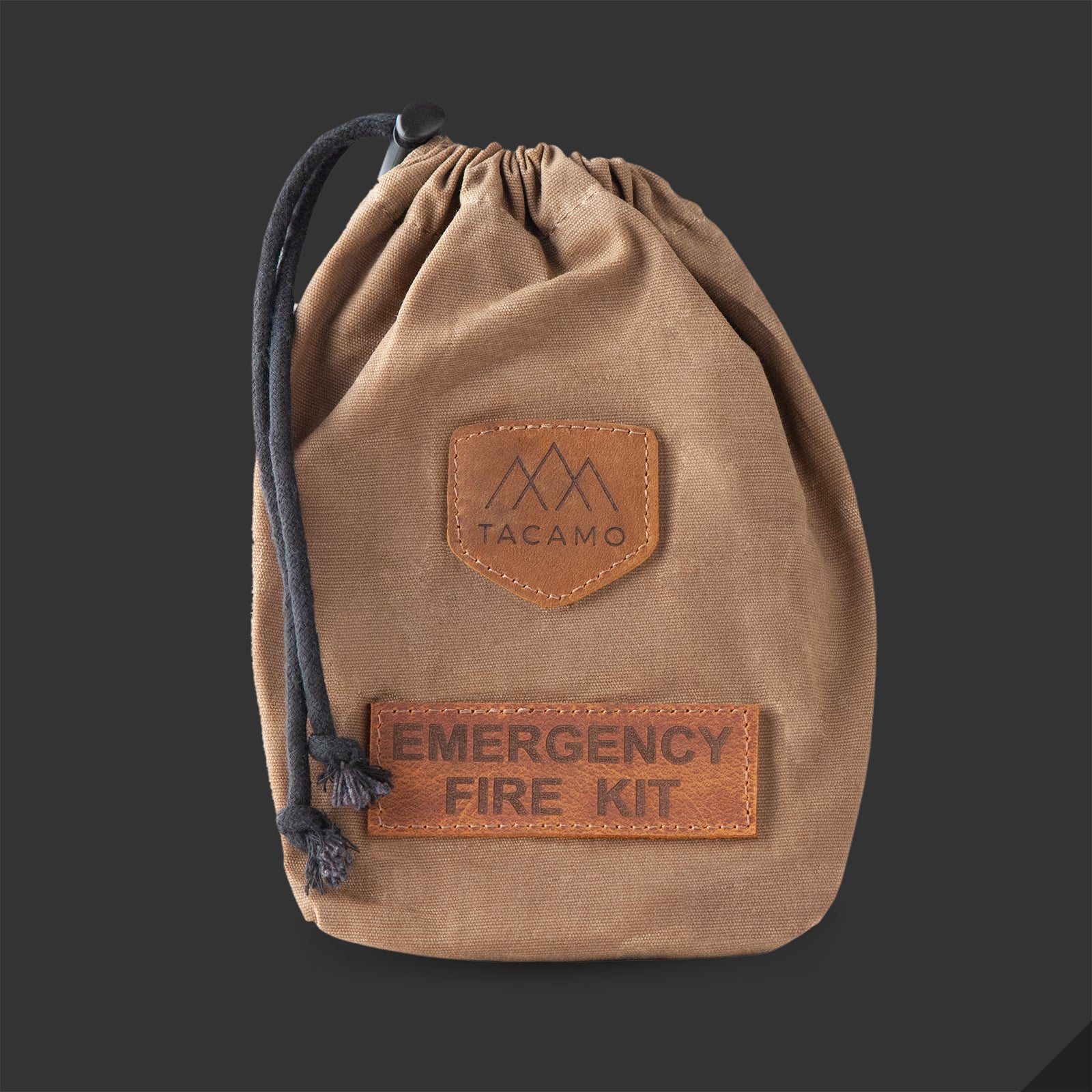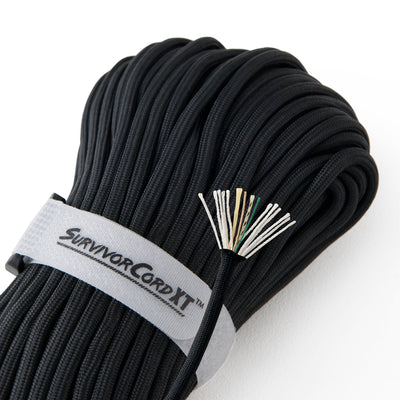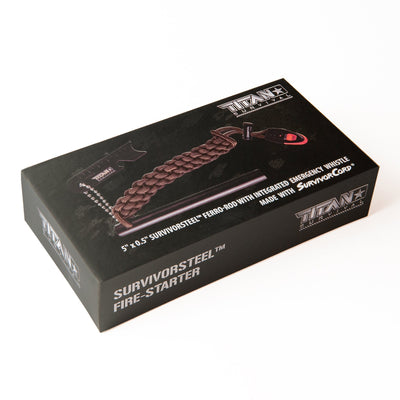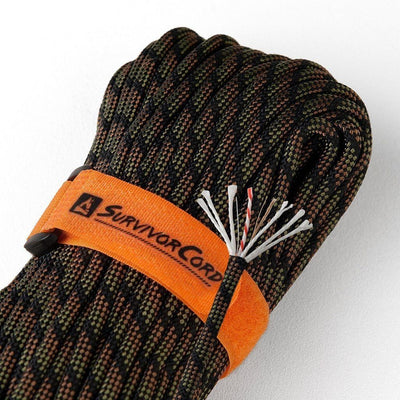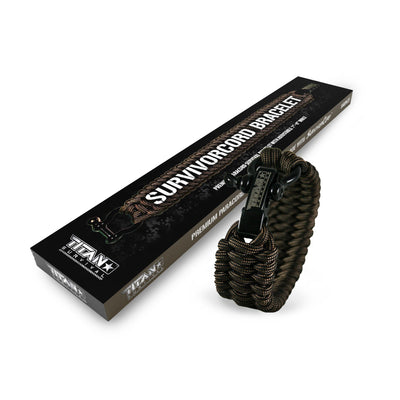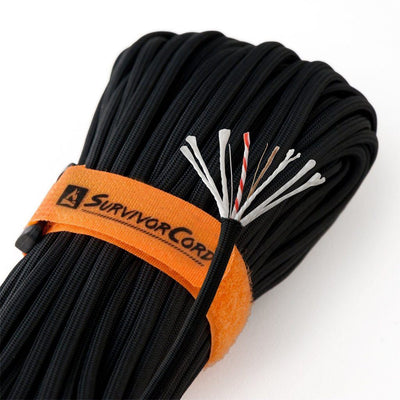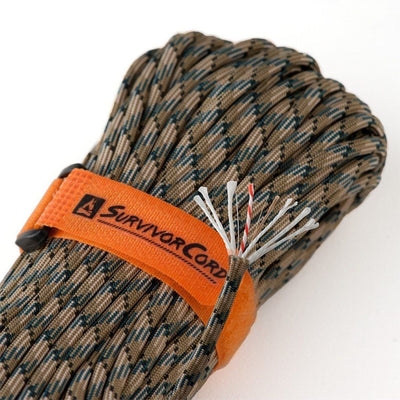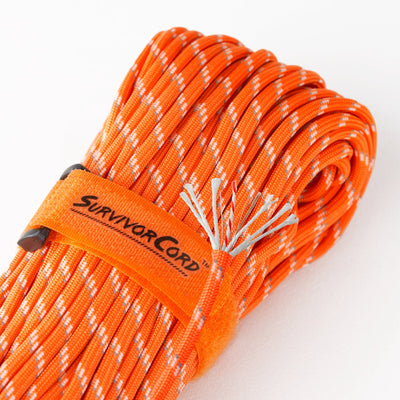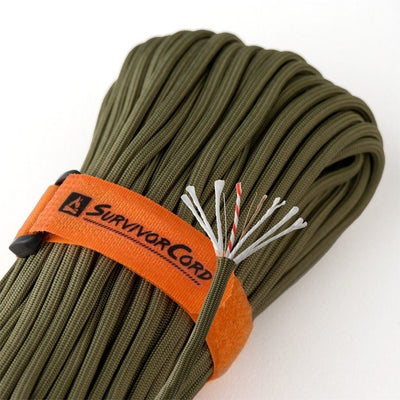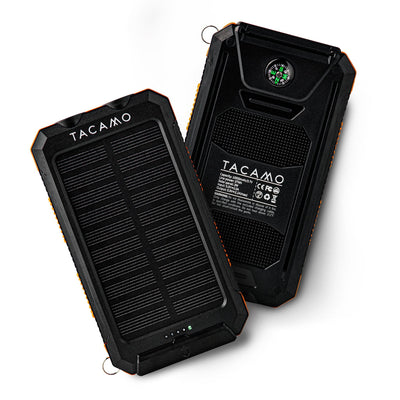TITANPARACORD.COM -
The
Clove Hitch is a type of knot. Along with the bowline and the sheet bend, it is often considered one of the most important knots and is commonly referred to as a Double Hitch. A clove hitch is two successive half-hitches around an object. It is most effectively used as a crossing knot. It can be used as a binding knot, but is not particularly secure in that role. A clove hitch made around the rope’s own standing part is known as either two half-hitches or buntline hitch, depending on whether the turns of the clove hitch progress away from or towards the hitched object.
This knot is particularly useful where the length of the running end needs to be adjustable, since feeding in rope from either direction will loosen the knot to be tightened at a new position. With certain types of cord, the clove hitch can slip when loaded. In modern climbing rope, the clove hitch will slip to a point, and then stop slipping. With smaller diameter cords, after being heavily weighted it may become difficult to untie. It is also unreliable when used on a square or rectangular post, rather than round.
To tie a clove hitch at the end of a rope as shown at right, pass the end around the pole starting at the right, with the end coming around below. Put the end around in the same direction to cross over the standing end to be above the first loop. As the end comes around, put it under itself to be over the standing end. To start on the left side, the end comes around over the standing end, crossing it by wrapping below, then comes around to go under itself below the standing end. Check that both ends are in the middle, emerging in opposite directions. Pull to tighten. When pulled tighter, the rope passing over itself binds it in place.
A clove hitch formed in the bight and slipped onto a carabiner. It can also be formed in the middle of a rope, if the end of the object is there. One way is to form two overhand loops in the rope. If both have the working end passing over the standing line, slide the second loop underneath the first one. If you made both loops with the working end under the standing line, slide the second loop over the first one. Drop both loops together onto the end of the object. Another way is to make a loop over the end of the object so that the working end is below. Twist the next loop with the working end again under, and slip it over the object. Before tightening, be sure that both ends are in the middle, emerging in opposite directions. This way of tying a clove hitch is used for instance at belay stations of multi-pitch climbs.
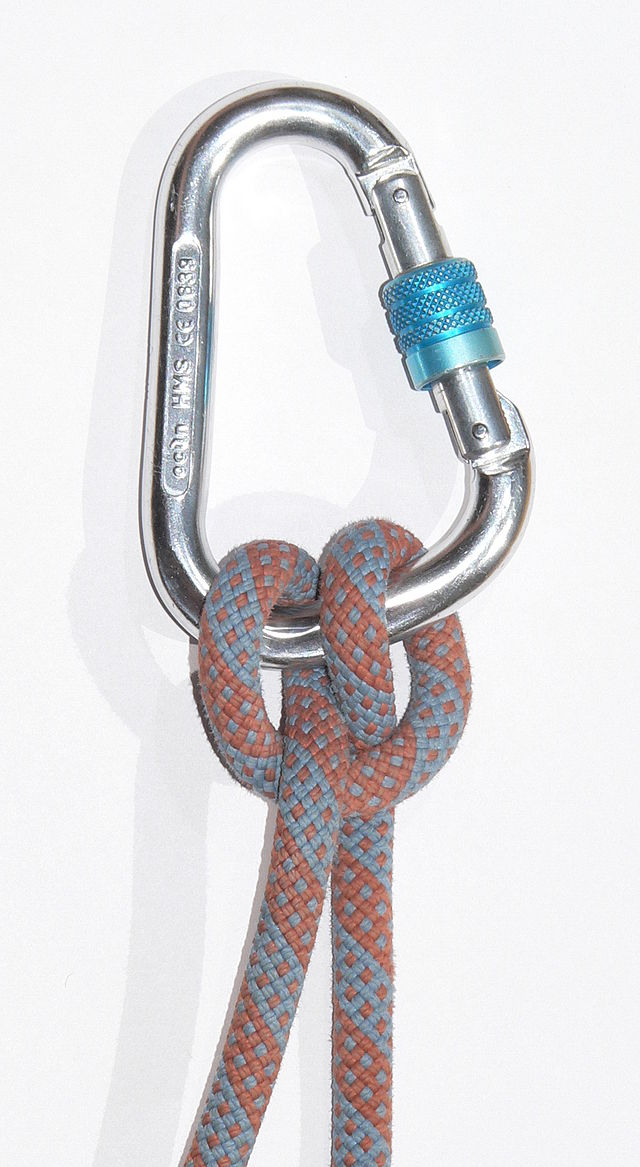
REFERENCE LINK
The post Clove Hitch appeared first on Titan Paracord.



